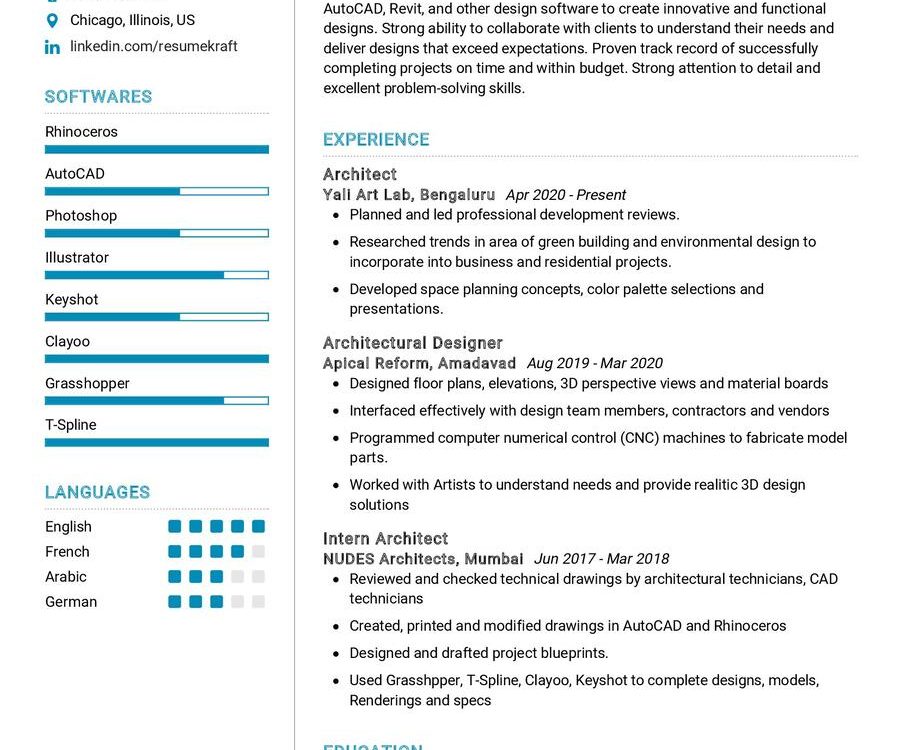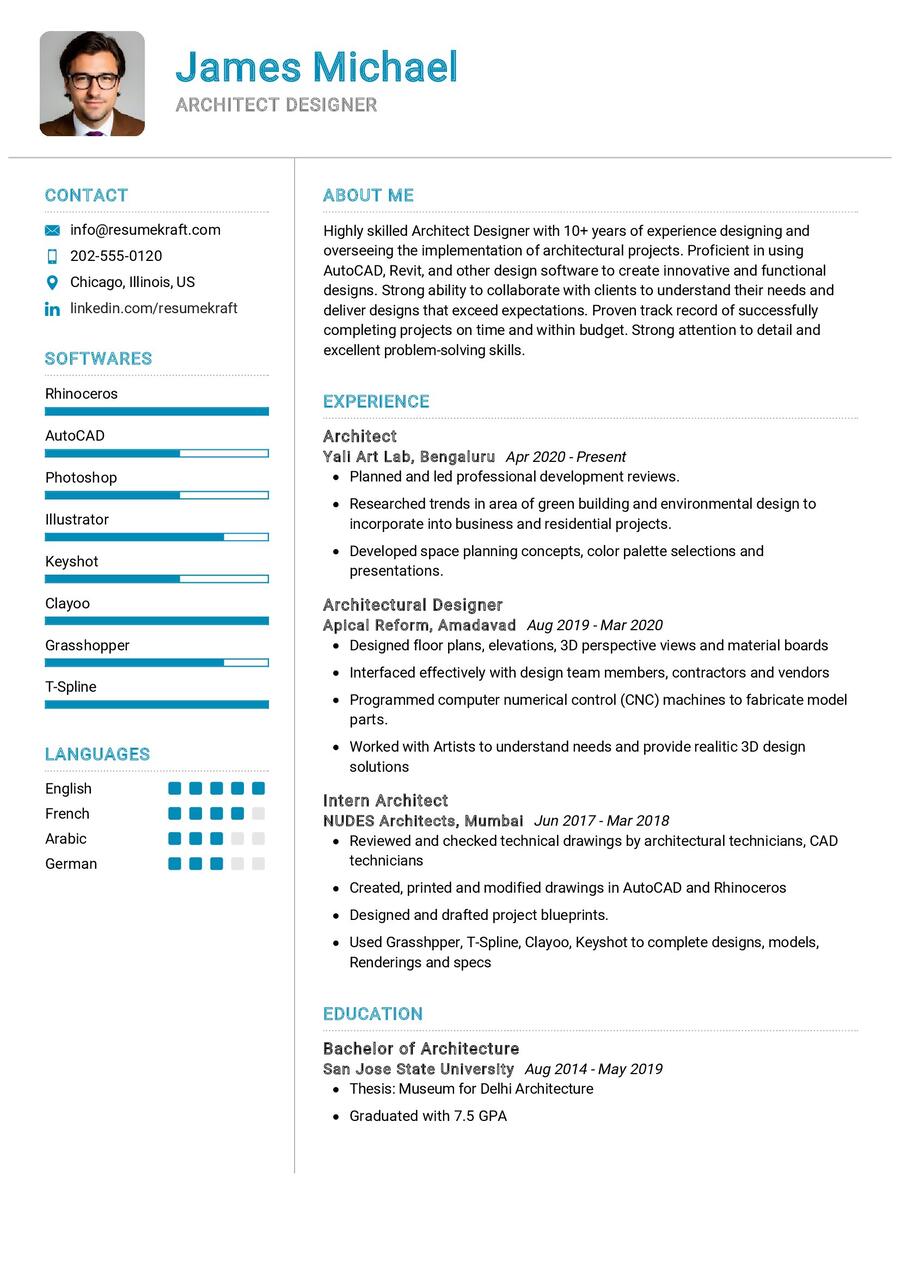Exploring the Role of an Architect Designer
Architect Designers play a pivotal role in shaping the visual and functional aspects of structures, bringing creativity and technical expertise to the forefront. In today’s dynamic architectural landscape, the role of an Architect Designer is not only about envisioning beautiful designs but also about solving complex spatial challenges. Let’s dive into the multifaceted responsibilities and requirements that define the role of an Architect Designer.
Key Responsibilities of an Architect Designer
The Architect Designer is a key player in the architectural process, contributing to various stages from conceptualization to execution. Their responsibilities include:
- Conceptualizing Designs: Translating ideas into visually appealing and functional architectural designs.
- Collaborating with Stakeholders: Working closely with clients, engineers, and other stakeholders to ensure alignment with project goals.
- Utilizing Design Software: Proficiency in design software such as AutoCAD, SketchUp, or Revit to create detailed and accurate drawings.
- Project Management: Overseeing projects from inception to completion, ensuring timelines and budgets are adhered to.
- Staying Updated: Keeping abreast of industry trends, materials, and construction techniques to integrate innovative elements into designs.
- Ensuring Compliance: Adhering to building codes, regulations, and zoning requirements to ensure the safety and legality of designs.
Each responsibility requires a blend of technical skills, creativity, and effective communication to bring architectural visions to life.
Architect Designer Job Requirements
Becoming a successful Architect Designer involves meeting specific educational and skill-based requirements. Here’s a breakdown of what it takes to step into this role:
- Educational Background: A Bachelor’s or Master’s degree in Architecture from an accredited institution.
- Technical Proficiency: Mastery of design software like AutoCAD, proficiency in 3D modeling tools, and a strong understanding of architectural principles.
- Communication Skills: Clear and effective communication with clients, team members, and other stakeholders.
- Project Management: The ability to manage multiple projects simultaneously, ensuring deadlines and quality standards are met.
- Creativity: A flair for creative and innovative design solutions that address both aesthetic and functional requirements.
- Problem-Solving: Aptitude for solving complex spatial challenges and adapting designs to meet unique project constraints.
These requirements form the foundation for a successful career as an Architect Designer.
Crafting an Outstanding Architect Designer CV
Your Architect Designer CV is your ticket to showcasing your skills and experiences to potential employers. Here are some tips to make your CV stand out:
- Showcase Design Portfolio: Include a portfolio of your best design work to visually demonstrate your skills and style.
- Highlight Project Successes: Detail specific projects you’ve worked on, emphasizing your contributions and the positive outcomes achieved.
- Technical Skills Section: Create a dedicated section outlining your proficiency in design software, project management tools, and other relevant technologies.
- Education and Certifications: Clearly list your educational background and any relevant certifications that enhance your credibility.
- Tailor Your CV: Customize your CV for each application, aligning your skills and experiences with the specific requirements of the job.
Your Architect Designer CV is not just a document; it’s a visual representation of your design journey and expertise.
Architect Designer Interview Tips
Securing an interview for the Architect Designer position is a significant step. Here are some tips to help you ace the interview:
- Research the Company: Familiarize yourself with the company’s portfolio, design philosophy, and recent projects.
- Discuss Design Process: Be prepared to discuss your design process, from conceptualization to execution, and how you handle challenges along the way.
- Showcase Collaboration Skills: Emphasize your ability to collaborate with different teams and stakeholders to bring projects to successful completion.
- Highlight Problem-Solving: Share specific examples of how you’ve overcome design challenges or adapted to unexpected project constraints.
- Ask Questions: Prepare thoughtful questions about the company culture, ongoing projects, and the role to demonstrate your genuine interest.
Remember, the interview is an opportunity to not only showcase your skills but also to assess if the company aligns with your career goals.
Key Takeaways for Your Architect Designer CV
As you embark on crafting your Architect Designer CV, keep these key takeaways in mind:
- Visual Appeal: Ensure your CV is visually appealing, reflecting your design sensibilities.
- Emphasize Achievements: Highlight specific achievements and successful projects to demonstrate your impact.
- Tailor for Each Application: Customize your CV for each job application, showcasing the skills and experiences most relevant to the specific role.
- Continuous Learning: Demonstrate a commitment to continuous learning by mentioning any relevant courses, workshops, or certifications.
Armed with these insights and tips, you’re ready to create an Architect Designer CV that not only captures attention but also secures your spot as a top candidate in the competitive job market.
Finally, feel free to utilize resources like AI CV Builder, CV Design, CV Samples, CV Examples, CV Skills, CV Help, CV Synonyms, and Job Responsibilities to create a standout application and prepare for the Architect Designer job interview.


